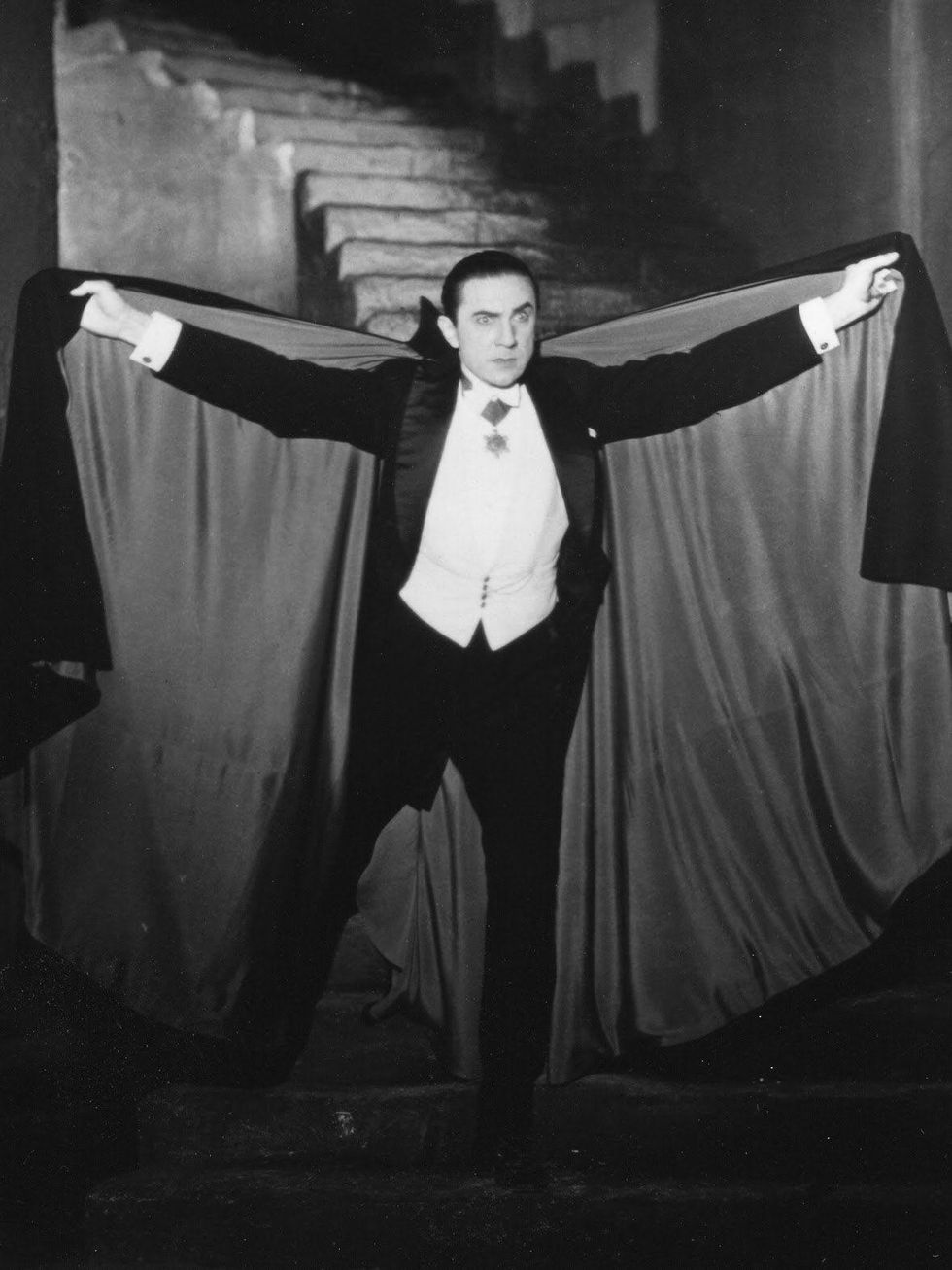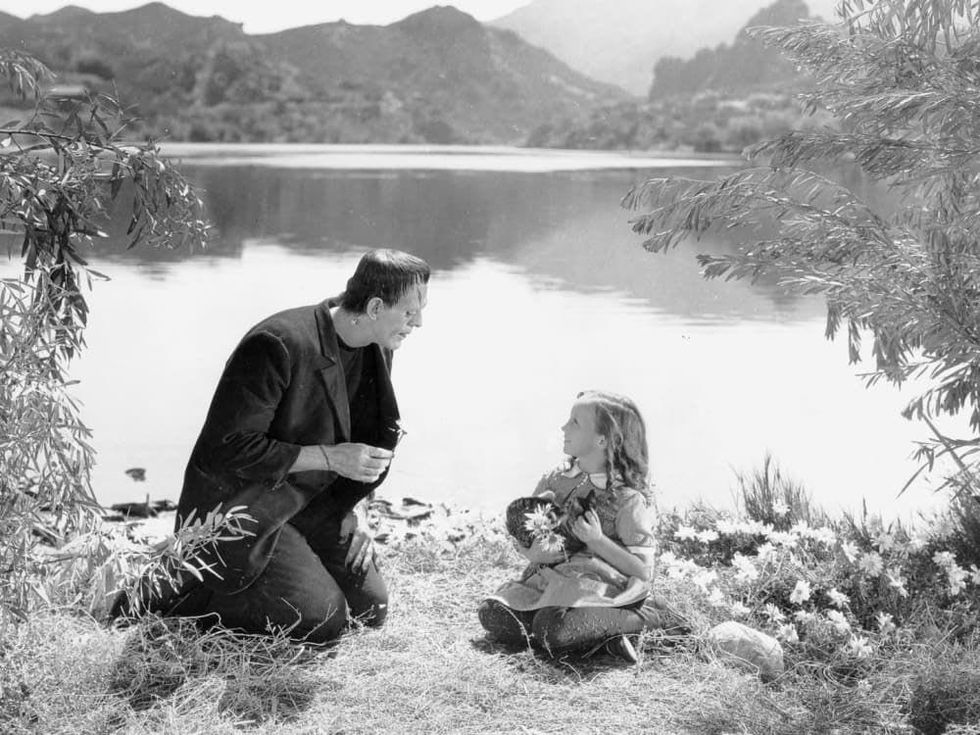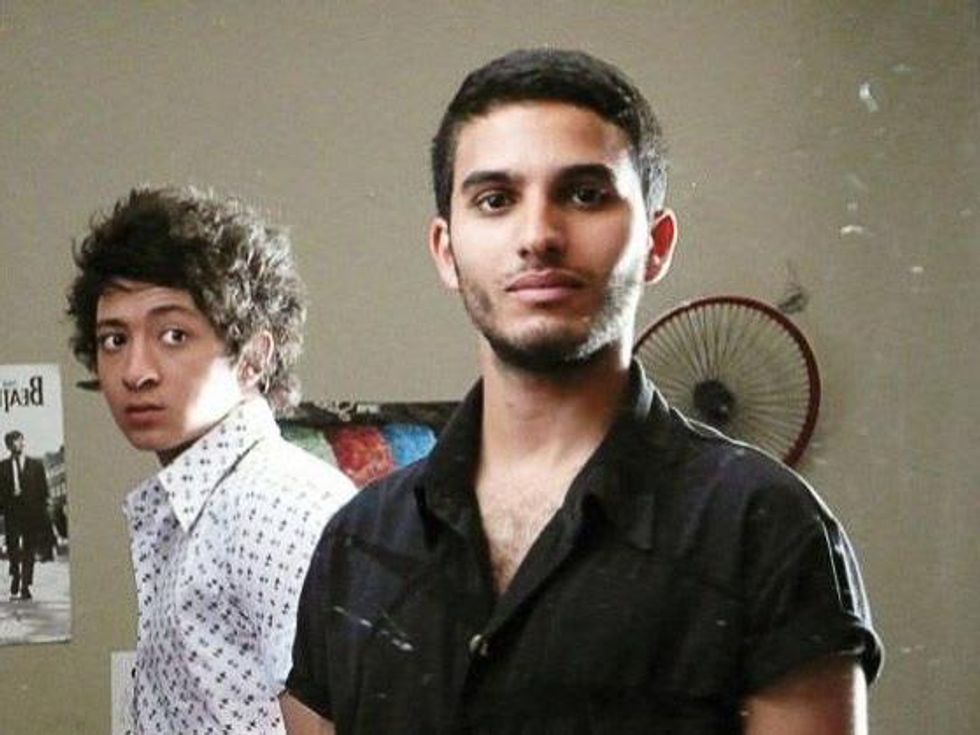Mondo Cinema
Classic versions of Dracula and Frankenstein are big screen wonders + 3 new foreign films
It is a dark and stormy night. Suddenly – amid the roar of generators, the crackling of lightning and the feeble rustling of a reanimated corpse – a crazed scientist triumphantly wails: “It’s alive! It’s alive! In the name of God – now I know what it feels like to be God!”
Meanwhile, on another evening in another country, a wily vampire expert has just tricked a visiting Transylvanian into revealing his inability to cast a reflection – a telltale sign of vampirism.
The newly outed bloodsucker is enraged – yet also respectful: “For one who has not lived even a single lifetime, you're a wise man, Van Helsing.”
You can see both on the big screen as part of the continuing Universal Pictures: Celebrating 100 Years retrospective at the Museum of Fine Arts, Houston.
Yes, Virginia, there really was a time – long ago in a distant, pre-ironic era – when audiences could listen to that kind of dialogue with a straight face. It was the same time when the actors speaking those lines weren’t kidding around, or emphasizing anything with a wink-wink, nudge-nudge twist. Both they and the movies in which they appeared were – pardon the pun – deadly serious.
It was 1931 when Universal Studios scored the diabolical double play of releasing Dracula, the broodingly atmospheric account of the undead gent from Transylvania, and Frankenstein, the monster melodrama about the dangerous folly of messing around with things that man wasn’t meant to mess with. This weekend – Saturday evening, to be specific — you can see both on the big screen, the way God intended you to see them, as part of the continuing Universal Pictures: Celebrating 100 Years retrospective at the Museum of Fine Arts, Houston.
For more than eight decades, each of these classic chillers has inspired countless sequels, remakes, parodies and mondo-bizarro hybrids. (Anyone remember Billy the Kid vs. Dracula? OK, how about Frankenstein Meets the Space Monster?) Even so, rarely has either film ever been equaled in influence or impact.
To be sure, some cinematic purists insist that F.W. Murnau’s Nosferatu – which predates Dracula by nine years – is the first movie version of Bram Stoker’s classic novel, and therefore has greater claim to being the paradigm for all subsequent vampire misadventures. (Never mind that, when it comes to choosing a necking partner, most damsels in distress would pick Dracula lead Bela Lugosi over Nosferatu star Max Schreck any night of the week.) But Frankenstein, James Whale’s visually flamboyant version of Mary Shelley’s immortal novel, is surpassed only by Whale’s own Bride of Frankenstein (1935) as the definitive man-made-monster opus.
But wait, there’s more: Whale’s original go-for-baroque horror show and director Tod Browning’s stagey yet scary vampire drama deserve special mention in the Hollywood history books as the movies that saved a studio.
In 1931, Universal found itself on the verge of financial meltdown. The wolves were temporarily banished from the door when Dracula was a surprise box-office smash. But even that fortuitous windfall was not enough to sustain the status quo: Shortly after the vampire melodrama opened in New York, Universal pink-slipped 350 employees and shut down for six weeks. Scary stuff, kids.
Then as now, conventional Hollywood logic dictated that, if at first you do succeed, try the same thing – or something very similar – again. And so, once Universal resumed full operations, the studio brass green-lit an effort to make lightning strike twice with more scary stuff.
After filmmaker Robert Florey (Murders in the Rue Morgue) completed some initial spadework, director James Whale – the unabashedly gay British émigré played to Oscar-worthy perfection by Ian McKellen in Gods and Monsters (1998) – took control of the project. When Bela Lugosi passed on playing the non-verbal monster, Whale made the inspired choice to cast Boris Karloff as grotesque creation of scientist Henry Frankenstein (Colin Clive) after spotting the then-unknown Brit actor at a table in the studio commissary.
Karloff doesn’t actually appear as Frankenstein’s Monster until a half-hour into the picture, but he’s well worth the wait. A hulking behemoth in his undersized suit and asphalt spreader’s boots, Karloff – with, of course, immeasurable help from make-up wizard Jack Pierce – is a singularly poignant bogeyman, a lost child driven to homicidal rages after being rejected by his “father.” His iconographic portrayal has become the measure for all imperfect products of hubristic scientists, on screen and off.
Frankenstein helped set the standard for many other Universal horror movies of the 1930s and ’40s, most of which appear, like Whale’s original, to be set in some Middle European fantasyland where peasants swill beer and tramp around in leiderhosen, upper-class toffs speak in snooty British accents – “Perhaps you know what all this tommyrot is all about!” -- and everybody is forever ready to moonlight as a member of a torch-wielding mob.
The pace is amusingly zippy, the body count is surprisingly low. And while some of the lead performances haven’t aged very well, that, too, is part of the fun. Colin Clive’s wild-eyed Henry Frankenstein — yes, he’s the one with the above-noted God complex -- is a campy archetype that must be seen to be adequately disbelieved. And Dwight Frye’s preternaturally creepy Fritz remains the most exuberantly loathsome of all hunchbacked assistants.
Frye also appears (and memorably overplays) in Dracula, playing a reluctant disciple of the sanguine count who develops an insatiable appetite for spiders and flies. But even he can’t steal scenes from Bela Lugosi in his career-defining performance as the original Man in Black, a courtly immortal who takes unholy delight in the nocturnal sounds of nature – “Listen to them! Children of the night! What music they make!” – but remains a discriminating teetotaler when it comes to slaking his thirst: “I never drink… wine.”
OTHER SCREENS, OTHER CINEMA
One of this year’s Oscar nominees in the Best Foreign Language Film category, Nikolaj Arcel’s A Royal Affair (at the River Oaks 3) details the 18th-century romantic triangle formed by Queen Caroline Mathilda of Denmark (Alicia Vikander); King Christian VII (Mikkel Boe Følsgaard), her dangerously unstable husband; and Johann Friedrich Struensee (Mads Mikkelsen of Casino Royale), a court physician who prescribes some sexual healing for her majesty.
Lorraine Levy’s The Other Son focuses on the fallout that occurs when a young man about to enter the Israeli army discovers he was inadvertently switched at birth with the child of a Palestinian family.
A box-office smash in its native South Korea, Ryu Seung-wan’s The Berlin File (at the AMC Studio 30) is a contemporary espionage thriller about a North Korean “ghost agent” who becomes the subject of an intense manhunt after being betrayed by other operatives in the German capital.
Meanwhile, over at the Sundance Cinemas, Lorraine Levy’s The Other Son focuses on the fallout that occurs when a young man about to enter the Israeli army discovers he was inadvertently switched at birth with the child of a Palestinian family.
COMING ATTRACTIONS
Next weekend, the Rice University Media Center will be hosting Taiwan New Cinema: 30 Years On, a mini-retrospective of notable films that helped launch the Taiwan New Wave movement of the 1980s. The program includes: Hou Hsiao-Hsien’s A Time to Live and a Time to Die (7 p.m. Feb. 22); Chang Yi’s Kuei-Mei, A Woman (7 p.m. Feb. 23); and In Our Time (7 p.m. Feb. 24), an anthology of four tragicomic short dramas directed by Edward Yang, Chang Yi, Ko I-Chen and Tao Te-Chen.



